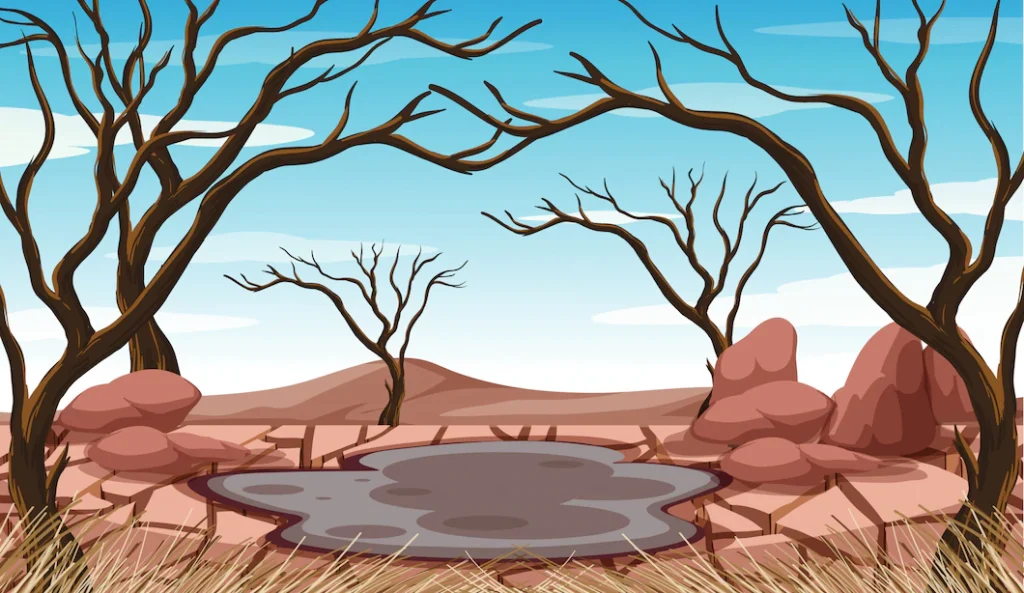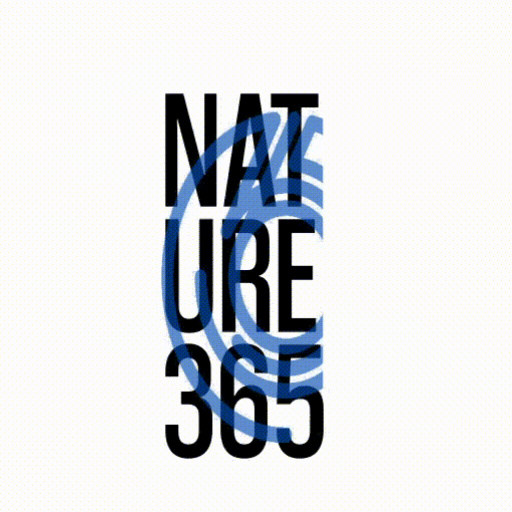Climate scientists are now doing a study on the topic of whether or whether there is a link between the varying loss of sea ice, the air-sea exchange, and the occurrence of weather patterns. Alterations in the Arctic can influence the weather in other parts of the world located thousands of kilometers distant. In the Northern Hemisphere’s middle latitudes, some scientists are afraid that more pronounced warming in the Arctic would cause changes in the weather patterns.
The jet stream
The jet stream is a meandering air movement that runs around the world eastwardly. It is one of the most important variables affecting the Northern Hemisphere’s weather. The clash of air masses that are colder in the Arctic with air masses that are warmer in the tropics is what causes this phenomenon. Temperatures are increasing more rapidly in the Arctic than in the tropics. This temperature difference generates the temperature gradient that drives the jet stream to become less potent. Some scientists have hypothesized that this might result in a weaker and more meandering jet stream, which would lead to weather patterns that are more persistent in the mid-latitudes. This might lead to prolonged droughts, heat waves, and cold snaps in many densely populated parts of North America and Europe.
The polar vortex
Even though it is gas, our planet’s atmosphere acts more or less like a fluid. Fluid may have an area inside it called a vortex in which the flow is primarily characterized by a rotating motion around a particular axis. The polar vortex is an atmosphere area that rotates clockwise from west to east and includes the frigid air typical of the hemisphere. The Arctic region is often considered to be the location of the axis of rotation for the Northern Hemisphere.
According to its temperature, the air inside the polar vortex of the Northern Hemisphere is either referred to as polar air or Arctic air, with Arctic air being the coldest of the two. The atmosphere is much warmer to the south of the polar vortex. There is a zone of significant horizontal temperature gradients at the border between the cold air inside the whirlpool and the warmer air in the south, with temperatures decreasing as one travels farther north. Because of these significant temperature differences, a jet stream known as the polar front jet stream is created. As a result, the southern limit of the polar vortex is almost identical to the position of the polar front jet stream.
The geometry of the polar vortex is often asymmetrical and has several significant meanders in the flow that are referred to as long waves. Longwave troughs are geographical areas that experience a southerly decrease in air temperature. Longwave ridges are geographical areas characterized by the movement of warm air in a northern direction. The position of longwave ridges and troughs and their strengths shift weekly, and the polar vortex might stretch toward the equator or the pole. These shifts in the polar vortex are mirrored in the atmosphere by the emergence of new weather patterns, which may be extremely dramatic. For instance, a significant decrease in temperature may be seen in regions where the polar vortex is moving firmly into the southern hemisphere, which indicates that a longwave trough is flowing in. Depending on the temperature of the air, this dip may be referred to as a polar outbreak or an Arctic epidemic. Storms have a propensity to develop near jet streams, so polar or Arctic breakouts are often followed by stormy weather. Shortwaves, embedded inside long waves and smaller meanders, are often related to the storms accompanying them. During the winter, the polar vortex, along with the longwave ridges, troughs, embedded shortwaves, and polar jet stream associated with it, tend to be more evident than during the summer.
The Arctic Oscillation is a large-scale climatic phenomenon that affects the weather across the Northern Hemisphere. There is a correlation between the phase of the Arctic Oscillation and the characteristics of the polar vortex. When the Arctic Oscillation shifts into a positive step, the polar vortex becomes larger and moves closer to the geographic pole. When the Arctic Oscillation transitions from a positive to a negative phase, it spreads farther to the south, and the longwave ridges and troughs become more noticeable. There is a possibility that a shift toward the negative phase of the Arctic Oscillation was the cause of the polar outbreak that occurred across the central United States from January 1–5, 2014. Some researchers believe that the significant warming in the Arctic, connected to the continued loss of its sea ice cover, is responsible for the shifts in the vortex. This suggested relationship has been the scientific community’s focus of significant debate and investigation.

Accelerating further climate change – Wildfires
It seems probable that many of the changes that are now taking place in the Arctic will contribute to subsequent climatic changes, both in the Arctic and elsewhere in the world. As the area covered by snow and ice, both reflecting and white, continue to recede, darker surfaces such as tundra and water, which can take in far more sunlight, are left behind. Because of this, the region’s reflectivity, also known as its albedo, drops, increasing the amount of heat absorbed and increasing both the surface and air temperatures. The melting of more snow and ice triggers a new round of the cycle as a direct consequence of the higher temperatures. The albedo effect is one of the primary hypotheses put up by scientists to explain why the Arctic region is heating up at a faster rate than the rest of the Earth. The soot that is produced by the combustion of fuels and plants in the Arctic—as well as in the lower latitudes, which makes its way into the Arctic—darkens the snow and ice that is still there, which has led some scientists to hypothesize that this impact is made worse. Additionally, warmer air can hold more water vapor, which traps an even more significant amount of heat in the lower atmosphere.
Vast amounts of carbon are preserved either as frozen plant matter or as freezing crystals of methane gas in the permafrost and old ice of the Arctic. Both of these forms of carbon have been preserved for millennia. The decomposition process in cold and wet soils releases carbon at a slower rate than plants can absorb it, which has led to the accumulation of carbon reserves in Arctic soils. If temperatures were to rise to the point that these ancient carbon reserves were released into the atmosphere, it would have the potential to increase the greenhouse effect and significantly influence the Earth’s climate. If large portions of the Earth’s permafrost were to thaw, a significant amount of the previously frozen plant matter would start to decompose, resulting in the emission of substantial amounts of carbon into the atmosphere in the form of carbon dioxide or methane. This would have a significant impact on climate change.
Additionally, wildfires can potentially worsen three different aspects of climate change. Since they burn plant material, they emit carbon into the atmosphere. Second, since the Earth they leave behind is so burned and black, this contributes to an increase in the albedo effect, which causes warming. Finally, a wildfire that is intense enough to consume the organic layer of soil just below the surface has the potential to hasten the melting of the permafrost that lies underneath it, which in turn accelerates the release of carbon from the ground that was before freezing.
- About the Author
- Latest Posts
A passionate advocate for all natural and sustainable ideas. With a background in sustainable economics science and a deep love for nature, Sojy has dedicated his career to promoting eco-friendly practices and encouraging others to live a more sustainable lifestyle. He is an avid hiker, gardener, and cook, and loves experimenting with natural ingredients in his recipes and lifestyle routines. Sojy believes that small changes can make a big impact and is constantly seeking out new ways to reduce his carbon footprint and inspire others to do the same



